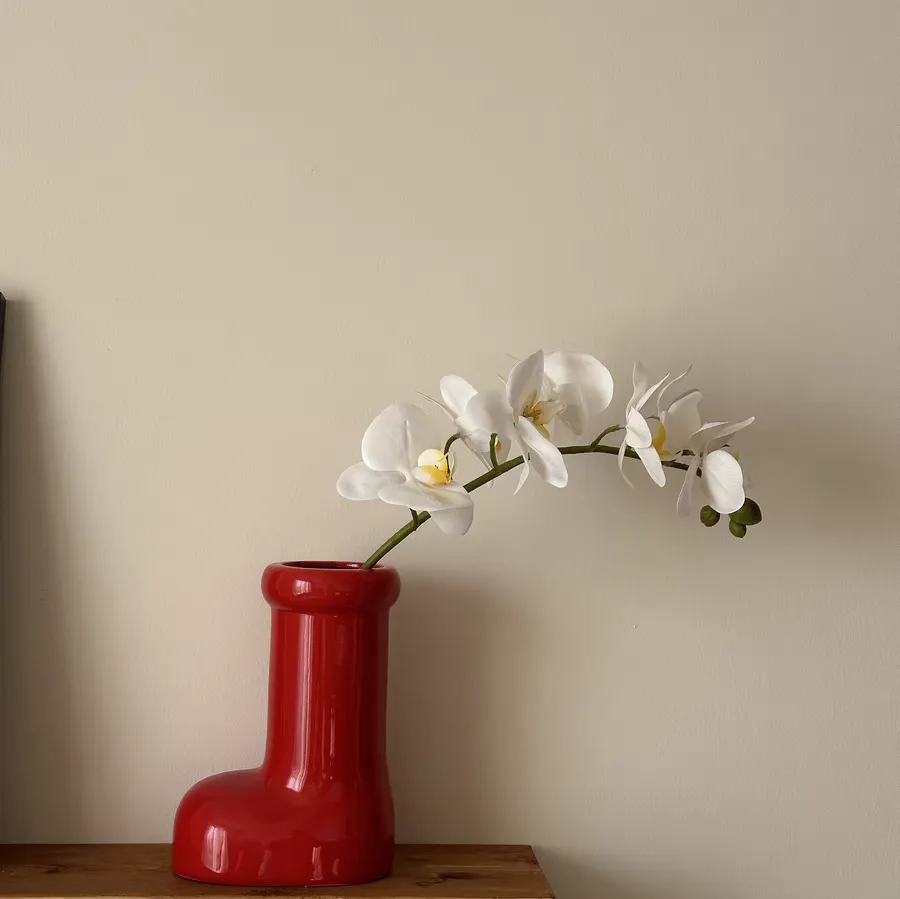Today, let's learn how to effectively solve the problem of suddenly softening leaves in Phalaenopsis during maintenance, allowing the orchid to regain vitality and bloom beautifully.
### I. Soft Rot Disease
Soft rot is a common disease in Phalaenopsis, and once infected, it spreads rapidly.
#### Symptoms:
- Water-soaked spots first appear on the leaves, expanding rapidly within days. The leaves feel soft and emit a foul, nauseating odor! This occurs because bacteria multiply wildly inside the leaves, causing tissue necrosis and decay.
#### Emergency Measures:
1. Immediately prune diseased leaves and disinfect scissors with alcohol to prevent cross-infection.
2. Dilute agricultural streptomycin with water (follow the instructions) and spray the entire plant evenly once a week for three consecutive weeks.
3. Move the Phalaenopsis to a well-ventilated area and keep the environment dry to avoid further bacterial growth.
### II. Prolonged Drought
The roots of Phalaenopsis are highly sensitive to water.
#### Signs of Water Deficiency:
- Bottom leaves first turn yellow and wrinkled, feel soft to the touch, and the entire plant appears wilted and listless.
#### Remedial Methods:
- **Pot Soaking for Hydration**: Place the potted Phalaenopsis in a large basin of清水 (clear water) to allow water to penetrate from the bottom for 15 minutes, ensuring roots absorb sufficient water.
- **Daily Moisture Maintenance**: Use a spray bottle to mist the surrounding area for humidity, but avoid spraying directly on leaves! Water 1–2 times weekly, adjusting frequency based on environmental conditions.
- **Soil Observation**: Insert a finger 2 cm into the planting medium; water if it feels dry. Phalaenopsis prefer a moist (not waterlogged) environment.
### III. Root Rot
Root rot is a hidden cause of softening leaves in Phalaenopsis, often hard to detect.
#### Judgment Method:
- The lowest 1–2 leaves first wrinkle and soften. Gently lifting the plant feels loose, and a sour odor of rotten roots may be present—indicating root problems.
#### Rescue Steps:
1. Remove the Phalaenopsis from the pot and cut off the flower spike.
2. Rinse roots with water, trim rotten and blackened parts, and disinfect wounds with carbendazim.
3. Replace with fresh sphagnum moss or bark medium, repot, and place in a diffused light area for静养 (quiet recovery) until new roots and leaves emerge.
### Daily Maintenance Tips:
1. Observe leaf condition weekly for early issue detection and treatment.
2. Phalaenopsis thrive in 15–28°C with 60%–80% humidity; keep away from air conditioner and heater vents.
3. Apply orchid-specific fertilizer monthly during the growing season, using thin applications to avoid root burn.
Although Phalaenopsis are delicate, mastering these care techniques will help them regain vitality!
What's wrong with the softening leaves of Phalaenopsis?

Share with
Tagged in :




Leave a Reply